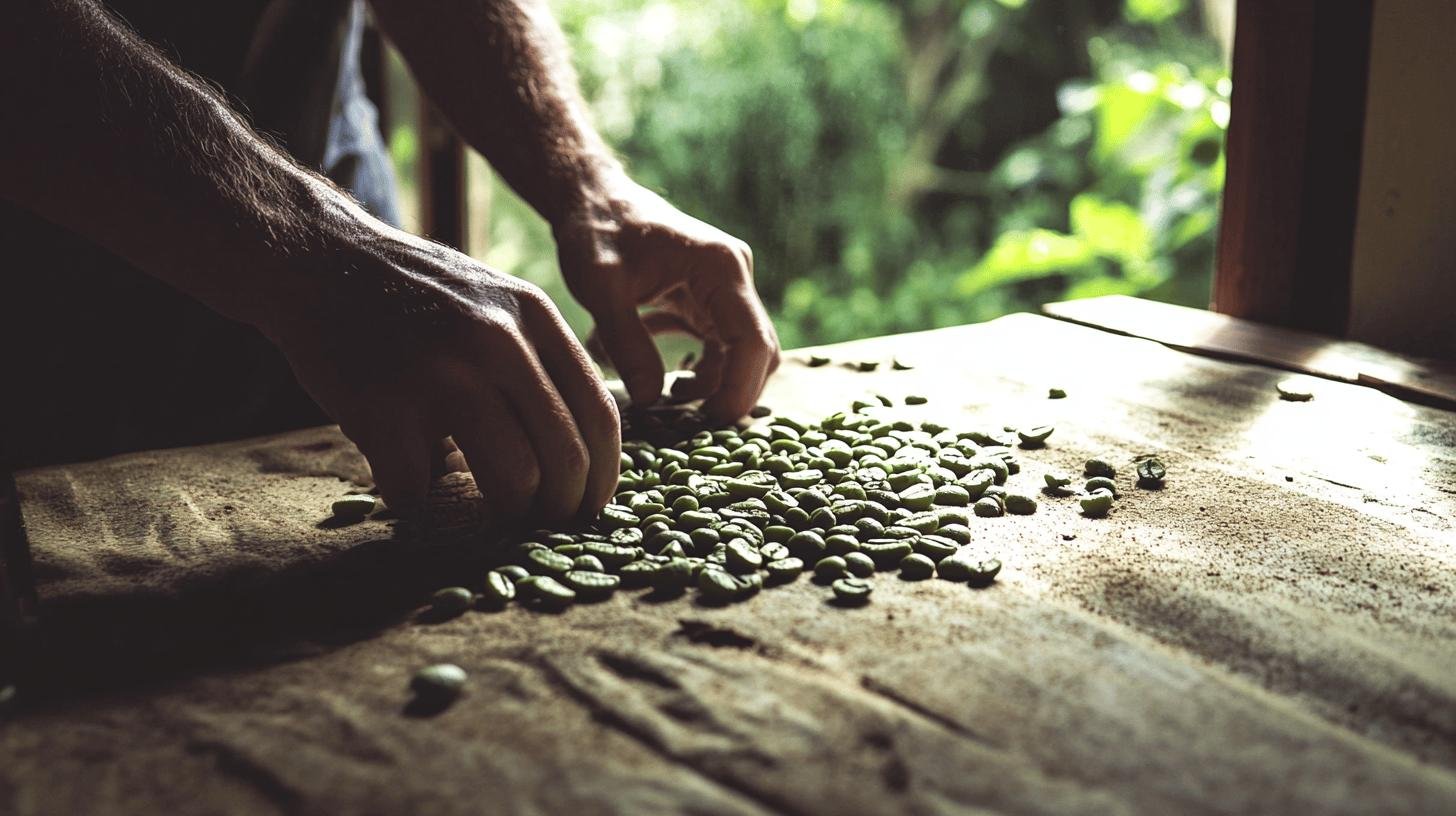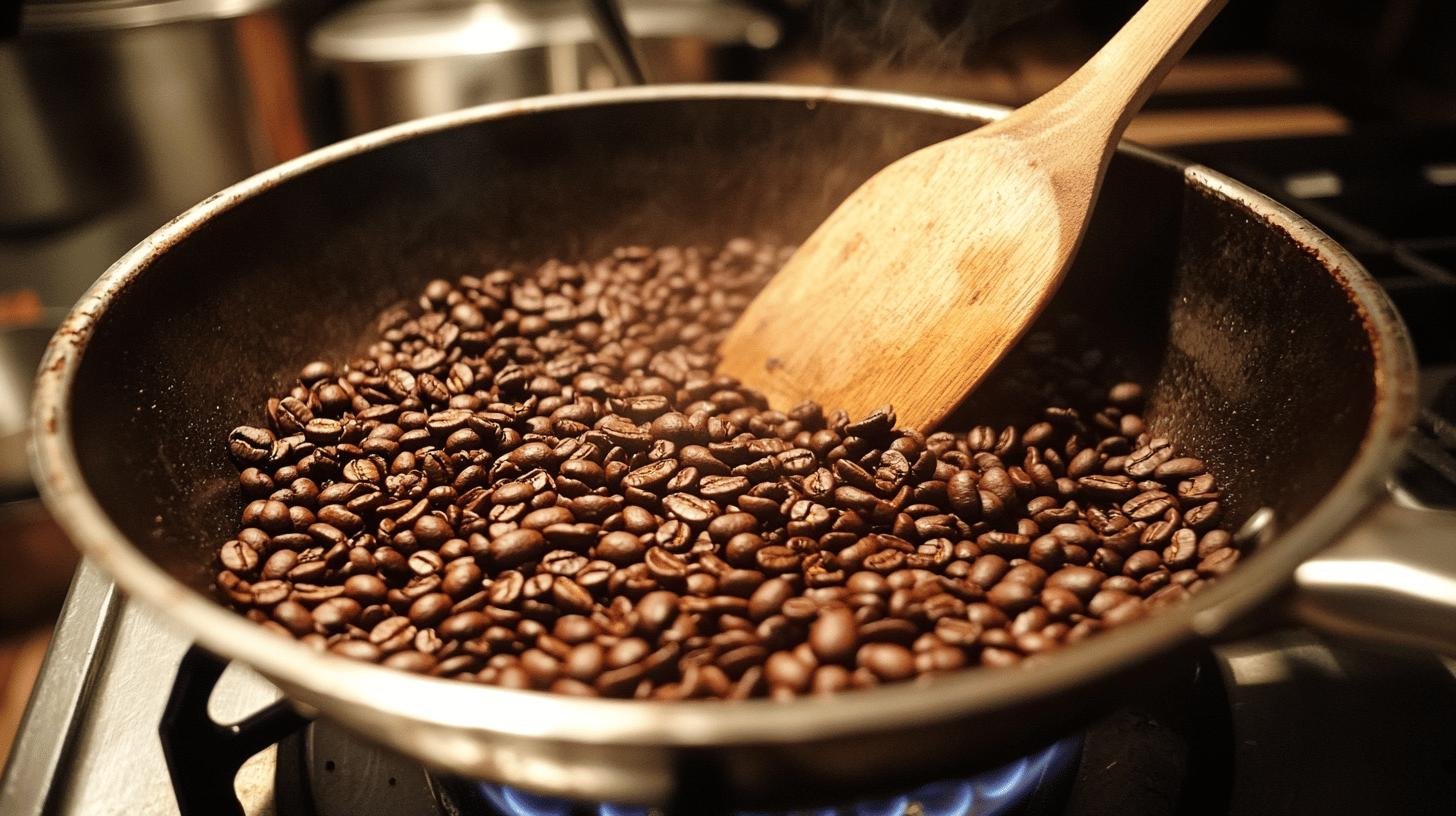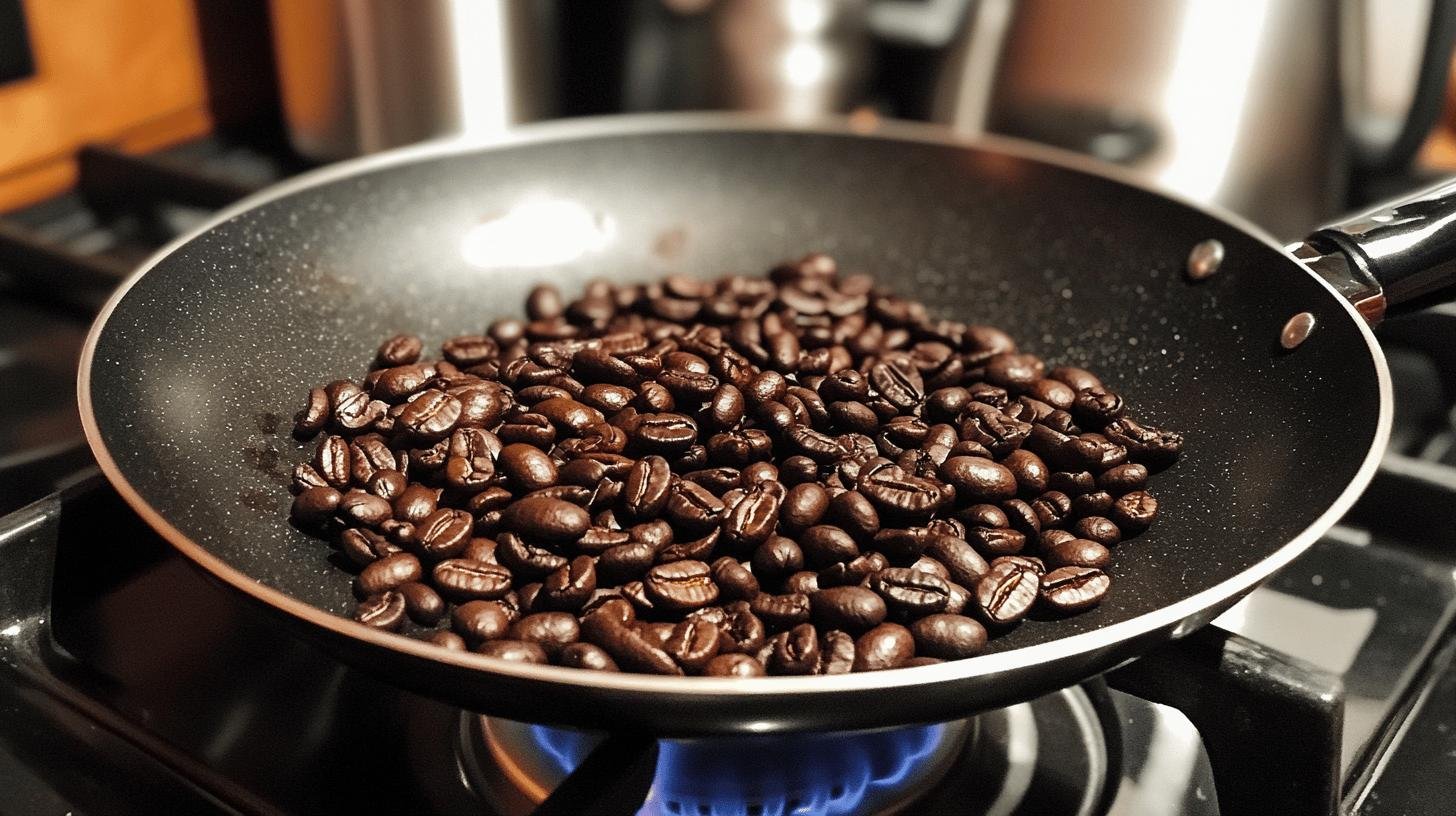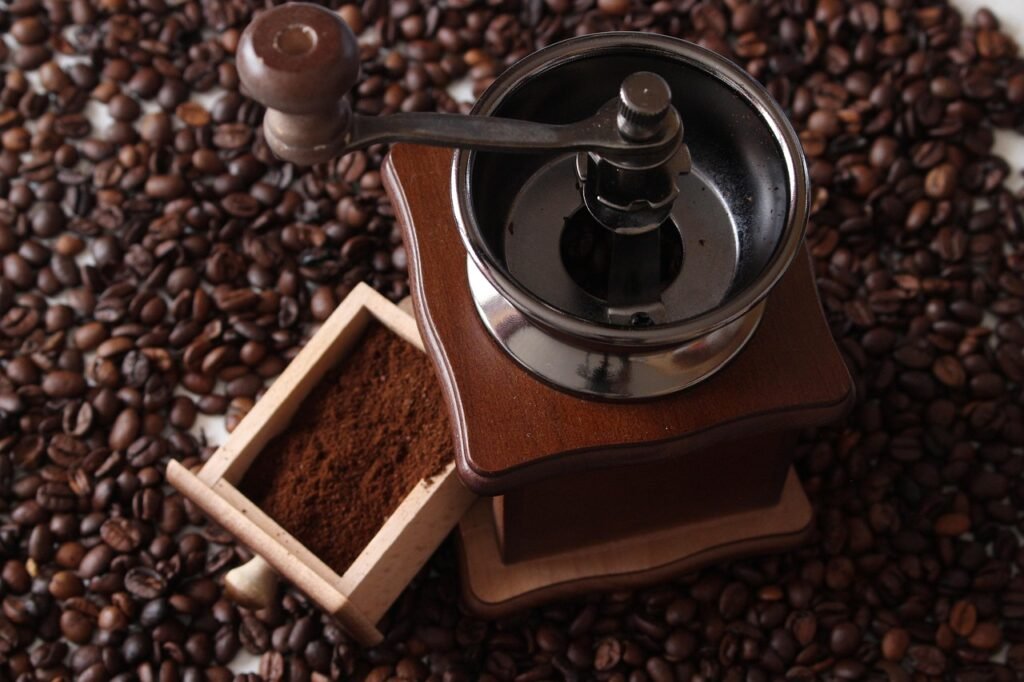
Artisanal Rituals for a Memorable Customer Experience
How can brands create a more balanced and memorable customer experience by blending artisanal product quality with thoughtful everyday rituals that keep people coming back?

Ever pondered why the coffee you make yourself doesn’t taste quite as good as your preferred café brew? Home coffee roasting might be the answer. Getting this skill down pat can improve your morning brew and provide a really fulfilling experience.
This guide details everything you need to know about how to roast coffee beans at home, from choosing the right equipment to mastering the roasting process. Get ready to transform your coffee routine by unlocking the full potential of your beans.
Proper equipment is crucial for achieving consistent and high-quality results in home coffee roasting. You need items that can handle high temperatures and offer precise control. This ensures an even roast and prevents burning or under-roasting the beans.
The right tools make the process more efficient and enjoyable, allowing you to focus on developing the perfect flavor profile.

Coffee beans come in two main types: Arabica and Robusta.
Arabica beans are preferred for their intricate and delicate flavors and make up 60% of global coffee production. In contrast, Robusta beans are easier to cultivate and have a stronger, more bitter taste.
Knowing the characteristics of each type can help you make an informed choice that suits your taste preferences.
You can purchase green coffee beans from various sources:
| Bean Type | Flavor Profile | Caffeine Content |
|---|---|---|
| Arabica | Intricate, delicate | Lower |
| Robusta | Strong, bitter | Higher |
Understanding the stages of coffee roasting is crucial for achieving the desired flavor profile. The process involves three main stages: drying, browning, and development.
Each stage plays a significant role in transforming green coffee beans into aromatic, flavorful roasted coffee.
The drying stage removes residual moisture, the browning stage initiates the Maillard reaction, and the development stage finalizes the roasting process, bringing out the beans’ unique characteristics.
Steps to roast coffee beans:
Listening for the first crack is essential to achieving your preferred roast level. It’s a popping sound similar to popcorn and indicates that the beans are entering the development stage. At this point, you can decide whether to proceed to a darker roast by allowing the beans to reach the second crack, occurring around 440-450°F.

When roasting coffee beans at home, several methods offer unique benefits and challenges. Each method requires different tools and techniques, and the choice depends on your preferences and available resources. Popular options include:
Temperature plays a crucial role in the coffee roasting process.
The first crack, occurring at approximately 390°F, marks the beginning of the bean’s development stage. This stage is critical for achieving the desired roast level as it influences the bean’s flavor profile.
The second crack, happening around 440-450°F, leads to a darker roast with more pronounced flavors.
Precise temperature control is essential to avoid over-roasting or under-roasting the beans, which can result in an unbalanced taste.
Here are some tools and tips for temperature control:

Common issues in coffee roasting include uneven roasting, burnt beans, and insufficient flavor development. Uneven roasting can result from inconsistent heat distribution, causing some beans to be under-roasted while others are over-roasted.
Burnt beans occur when the temperature is too high or the beans are left in the heat for too long, leading to a bitter and unpleasant taste. Insufficient flavor development often results from not allowing the beans to reach the necessary stages of the roasting process, such as the first or second crack.
Here are some troubleshooting tips:
By addressing these factors, you can achieve a perfect roast every time.
Home coffee roasting begins with choosing the right equipment, from popcorn poppers to specialized roaster machines. Understanding coffee bean types, such as Arabica and Robusta, ensures a selection that suits specific tastes and needs. Monitoring temperature is also very crucial for achieving the perfect roast.
Ultimately, mastering how to roast coffee beans at home can lead to a rewarding coffee experience. Start roasting today for unparalleled freshness and flavor in every cup.
To roast coffee beans at home in a pan, heat the pan to medium-high, add the beans, and stir constantly to ensure even roasting. Continue until you hear the first crack and achieve the desired roast level.
Preheat your oven to 450°F, line a baking sheet with aluminum foil, and spread green coffee beans evenly. Roast, monitoring closely and stirring occasionally, until you hear the first crack at around 390°F and adjust for desired roast.
Set the air fryer to 450°F, place a small batch of green coffee beans in the basket, and roast for about 10-15 minutes. Shake the basket every few minutes for even roasting and stop once the desired roast level is reached.
To roast coffee beans with flavor, add a few drops of food-safe oil or flavoring (e.g., vanilla, chocolate) to the beans before or during the roast. Ensuring even distribution, roast as usual, monitoring for any flavoring burning signs.
The best way to roast coffee beans is using a home coffee roasting machine. These machines provide precise temperature control, higher consistency, smoke reduction, and chaff collection, ensuring high-quality results.

How can brands create a more balanced and memorable customer experience by blending artisanal product quality with thoughtful everyday rituals that keep people coming back?

Independent coffee shops have always been about more than caffeine—they’re hubs of creativity, connection, and care. As café culture continues to evolve, new trends are

Introduction Independent cafes win when they feel like the neighborhood’s living room and operate with the discipline of a great kitchen. Below is a quick

Discover how top specialty coffee brands create lasting loyalty through storytelling, sourcing, and community connection. Real tips from 6 industry experts.

Discover the ultimate showdown between two beloved coffee brewing methods: the French press and Chemex. Explore how each technique caters to distinct palates, with the French press delivering bold flavors and the Chemex presenting a bright, clean taste.

Unlock the secrets to brewing the perfect cup of coffee with our comprehensive guide on using a coffee scale. Discover how precise measurements enhance flavor and consistency while eliminating bitterness.

Discover how water temperature plays a vital role in brewing the perfect cup of coffee. This article delves into the ideal temperature range of 195°F to 205°F for optimal flavor extraction, enhancing the enjoyment of high-quality beans.

Discover the world of curated specialty coffee bundles, perfect for enthusiasts seeking quality and craftsmanship. This article explores the benefits of ethically sourced, small-batch beans from brands like Equipoise Coffee, offering diverse flavor profiles that elevate your brewing experience.

Discover the art of manual brewing to elevate your coffee experience! This article explores various techniques like pour-over, French press, and AeroPress, revealing how they enhance flavor and your connection to every cup.